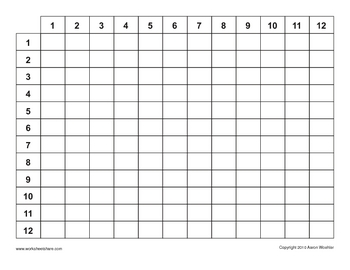

What representations are students likely to see?.

How is the actual question being asked?.What nouns and verbs are being used? What others could be used in a similar manner?.Our writing team studied these items carefully, looking for trends in how the questions for each TEKS/SE are structured. But they do give us a glimpse into specifically what students are expected to know and be able to do with the mathematics. We know that released STAAR® tests represent only a fraction of the assessment items students may see. Then, we turned to released STAAR® items. For example, how might multiple representations (Mathematical Process 1D) be used with the content? Or, how might students apply this to solve real-world problems (Mathematical Process 1A)? We carefully considered this advice as well as how the content-based TEKS/SE might pair with mathematical processes. To create the lesson, our writing team studied the TEKS Supporting Information documents from the Texas Education Agency. When possible, practice problems use griddable response questions so that students obtain practice using the grid that they will see on STAAR®.Įvery TEKS/SE, whether it is tested or not, is addressed in the TEKS Companion Guide for that grade level or course. Practice problems consist of a blend of constructed response and multiple choice questions that use the language students may expect to see on the STAAR® for that grade level.Example problems address the multiple components (and multiple representations) contained in each TEKS/SE. Stepped-out Examples show students how to solve a problem that is based on the target TEKS.The Tell Me More section contains a brief summary of the key ideas, concepts, and skills that are addressed in the target TEKS for that mini-lesson.Mini-lessons focus on the mathematics TEKS for that grade level or course and include a set of practice problems designed around a compact instructional plan with three components. We developed the TEKS Companion Guide series for Grades 3-8 Mathematics and Algebra 1.


 0 kommentar(er)
0 kommentar(er)
